Table of Contents
Quality Service Guarantee Or Painting Free

Get a rental agreement with doorstep delivery

Find the BEST deals and get unbelievable DISCOUNTS directly from builders!

5-Star rated painters, premium paints and services at the BEST PRICES!
Loved what you read? Share it with others!
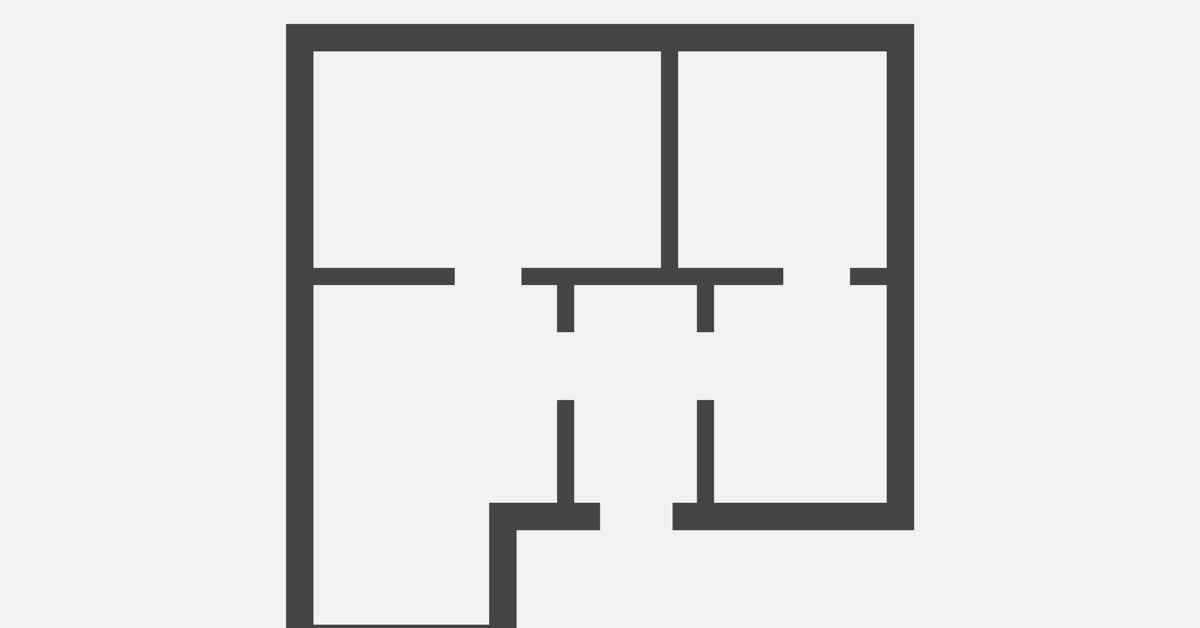

Submit the Form to Unlock the Best Deals Today
Check Your Eligibility Instantly

Experience The NoBrokerHood Difference!
Set up a demo for the entire community
Plinth Area Calculation: Inclusions and Exclusions
Table of Contents
If you are planning to invest in an apartment, the plinth area is one of the most frequently used terms that you may have come across. What does this mean? How is it different from the carpet or the floor area? The difference is in how it is measured. The meaning of Plinth area refers to the area derived by calculating the external dimensions of any building at the floor level. To learn more about the Plinth area measurement, read the article below.
What is the Plinth Area?
Sub-Clause 2.1 of IS 3861:2002 defines the plinth area of building as the built-up area covered and measured at the floor level of both the basement and storey levels. The plinth area is therefore the covered built-up area that is measured at the floor level of any storey of a building, or even at the floor level of the basement of a building. It measures the total area and is generally 10 to 20% higher than the carpet area.
Note, the plinth area is also known as the built-up area. It encompasses the whole area occupied by a building, including the internal and external walls, with the sole exclusion of voids and open spaces like courtyards or available staircases. As far as the plinth area calculation method is concerned, it can be presented as a summation of the carpet area, the area covered by the internal and external walls, the opening of elevators, and the parasitic area in a building.
Quality Service Guarantee Or Painting Free

Get a rental agreement with doorstep delivery

Find the BEST deals and get unbelievable DISCOUNTS directly from builders!

5-Star rated painters, premium paints and services at the BEST PRICES!
Plinth area = Carpet Area of the building + size of the walls (both internal and external walls) + parasitic area + opening of elevators, etc.
Plinth Area Rate Estimate and Its Example
A Plinth area estimate is done based on the plinth area of a building. It is the approximate cost estimate in which a building’s plinth area is multiplied by the prevailing plinth area rate to get the building cost.
Note, the unit plinth area rate is determined from the cost of similar buildings that already exist in the locality, having similar specifications, height, and construction modalities. A plinth area estimate is generated individually for each level in storeyed buildings. This estimation is only approximate and is done to get the estimated building cost. To get the total cost, the following items are added to this estimate:
- Water supply = 4% of the estimated building cost
- Sanitation = 4%
- Architectural work = 1.5%
- Electrification = 9%
- Contingencies = 5%
Plinth Area Estimate Example
For example, the plinth area of a building is 100 sq. m, and the plinth area rate is Rs 2000 per sq m.
Building cost = Plinth area * Plinth area rate = 100 sq. metre * Rs 2000= Rs 200000
What The Plinth Area of a Building Does Not Include?
As per IS 3861-2002, the following should not be included in the plinth area of the building:
- The area of the loft of the building.
- Area of the balcony
- Cantilevered porches
- Internal sanitary shafts and garbage chutes that are greater than two sq. metre in area
- Any architectural elements such as cornices, bends, etc.
- Additional sitting floor in assembly halls, auditoriums, and theatres, for instance.
- Any projections present in the building, such as vertical sun breakers, box louvre projecting outwards, and so on.
- Terrace on the first floor
- Open platforms, spiral staircases, and landing
- Elements that project above the terrace level include domes, sunshades, towers, turrets, etc.
What The Plinth Area of a Building Includes?

As per IS 3861-2002, the following should be included in the plinth area of the building:
- The total area consists of all building levels at the floor level, eliminating plinth offsets. When two buildings share shared walls, half of those walls must be regarded in the plinth area.
- Areas of the inner shaft designated for sanitary infrastructure and garbage chutes, as well as electrical, telecommunications, and firefighting services, assuming that they do not exceed two square metres in size.
- The multi-area and the parasitic-area at the building terrace level.
- Machine room and porches, excluding the cantilevered ones
- Air conditioning duct and lift well with landing
- Opening of elevators.
- Headroom, or staircase room other than terrace level
- The total area is included in open projections of veranda, balconies, and parapets; if forecasts protect the site, only 50% of the area is included if projections unprotect the room.
Purpose and Importance of Plinth Area in Real Estate
Plinth area is one of the most critical aspects of a building's construction, and it has a direct impact on the building's cost, functionality, and resale value. In this blog, we'll take a closer look at the importance of plinth area, how to calculate it, and how it affects the overall cost of a building.
What is Plinth Area and Why is it Important?
Plinth area is the built-up area of a building measured at the floor level immediately above the plinth, which is the portion of a building's structure that rests on the ground. It includes the area covered by all internal and external walls but does not include the area of the balconies, terraces, and other open spaces.
The importance of plinth area lies in its ability to determine the building's overall size, which is crucial in determining the building's functionality and resale value. Plinth area also determines the amount of materials required for the construction, which has a direct impact on the building's cost. Therefore, a proper understanding of plinth area is essential for anyone involved in the real estate industry, whether it be buyers, sellers, or real estate agents.
How to Calculate Plinth Area?
Calculating the plinth area of a building can be a complex process that involves several steps. However, with the right tools and knowledge, it can be done quickly and accurately. Here are the steps to follow to calculate the plinth area of a building:
- Measure the length and width of each room and add them together to get the total area.
- Measure the thickness of the walls and subtract the total wall area from the total area.
- Multiply the remaining area by the number of floors to get the plinth area.
Alternatively, you can use a plinth area calculator, which is a tool that uses the plinth area formula to calculate the plinth area of a building. Plugging in the dimensions of the rooms and the thickness of the walls, the calculator will provide you with an accurate plinth area estimate in no time.
Rough Cost Estimate Based on Plinth Area
Once you have calculated the plinth area of a building, you can use it to determine the rough cost estimate of the construction. This estimate is based on the average cost per square foot of construction in the area and the plinth area of the building. The rough cost estimate gives an idea of how much money is required for the construction and can help you plan your finances accordingly.
The Plinth area plays a vital role in the real estate industry and is essential for anyone involved in buying or selling property. Understanding how to calculate plinth area, the importance of plinth area, and how it affects the overall cost of a building is crucial for making informed decisions about real estate investments. At NoBroker, we offer a wide range of real estate services that can help you make the most of your investment. So, whether you're a buyer or a seller, contact us today to learn more!
Difference Between Carpet Area and Plinth Area
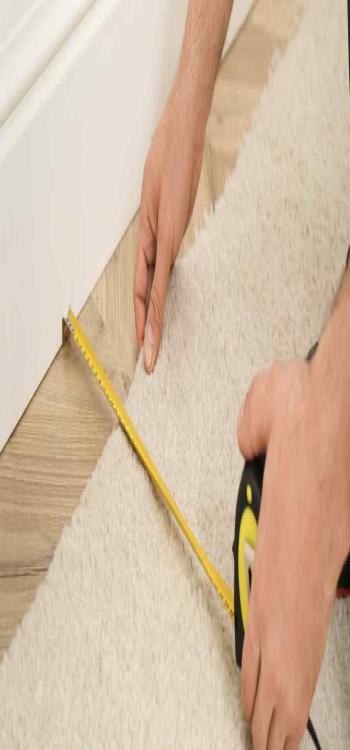
What is the difference between plinth area and carpet area?The plinth area and carpet area of a property are evaluated in order to estimate and calculate the cost of construction. As far as the difference between plinth area and carpet area is concerned. At the same time, the former refers to the covered built-up area measured at the floor level of any storey or the floor level of the basement of a building; the latter refers to the total usable section of a room at any floor that is covered and measured across walls to walls within the building and is the total of square feet of carpetable space in each room.
| Plinth Area | Carpet Area |
| The covered built-up area of a building is estimated at the floor level of any storey or at the floor level of the basement. | Measured from wall to wall within the structure, this term refers to the covered area of the usable areas of rooms on any floor. |
| Commonly referred to as the built-up area. | Popularly known as the usable area or livable area. |
| Plinth area = building carpet area + wall area (both internal and exterior walls) + parasitic area + elevator openings, etc. | Calculated by subtracting the area of the outer and inner walls of the building from the total floor area of the building. Carpet Area = Built-up area – Area of walls |
| The plinth area is the space between the building's exterior and outer bounds or its walls. | The carpet area is the sum of the actual areas of the rooms that you can carpet. |
| The plinth area is 10 to 20% greater than the carpet area. | The carpet area is smaller than the plinth area by 10 to 20%. |
Difference Between Plinth Area and Built-Up Area
As far as the difference between plinth area and built-up area is concerned, the former refers to the area covered by a structure, measured out of external wall finishes and multiplied by the number of floors, provided that the feet have the identical plan. In contrast, a plinth area is covered by the plinth of a structure, measured likewise out to out of wall finishes.
Difference Between Plinth Area and Floor Area
| Aspect | Plinth Area | Floor Area |
| Definition | Area that lies within outer-to-outer dimensions of walls | Total area of floors between walls, including foundations of all rooms |
| Calculation Formula | Obtained by multiplying out-to-out dimensions at any floor | Floor Area = Plinth Area – Area covered by walls |
| Exclusions from Calculation | Space covered by pillars, pilasters, intermediate support | Typically includes wall space etc. |
Difference Between Plinth Area and Covered Area
| Aspect | Covered Area | Plinth Area |
| Definition | Actual area under the roof plus walls, pillars, and balconies | Total covered space inside a building, including all floors and the basement, measured from the ground level. |
| Approximate Increase | 8 to 10% more than the carpet area | 10 to 20% more than the carpet area |
Difference Between Plinth Area and Covered Area
Covered area: The actual area under the roof plus the walls, pillars, and balconies. It is approximately 8 to 10% more than the carpet area.
Plinth area: It is the covered built-up area measured at the floor level of any storey or the floor level of the basement of a building and is approximately 10 to 20% more than the carpet area.
Understanding the intricacies of the plinth area is crucial for informed real estate decisions. Calculating your plinth area wisely can help you estimate costs accurately. However, doing this on your own can be a bit confusing.NoBroker, with its expertise, can offer you appropriate guidance. Reach out to NoBroker today for expert assistance regarding all your real estate investment choices.
Frequently Asked Questions
Ans. No, the carpet area is the sum of the actual measurements of the rooms that you can carpet, whereas the plinth area is the area that lies within the outer-to-outer dimensions or the walls of a building.
Ans. As per IS 3861-2002, areas of the internal shafts provided for sanitary installations and garbage chute are included in the plinth area, provided these do not exceed two sq. meter in size.
Ans. The plinth area is obtained by multiplying the out-to-out dimensions of the building at any floor level.
Ans. The super built-up area is estimated by adding the plinth area as well as exterior areas and expansions such as elevators, lobby, and so on.
Ans. The floor area is the plinth area minus the area covered by the walls. It refers to the total size of floors between walls, and it comprises the feet of all rooms, including kitchens, storerooms, entrance halls, staircase rooms, verandahs, etc.
Recommended Reading
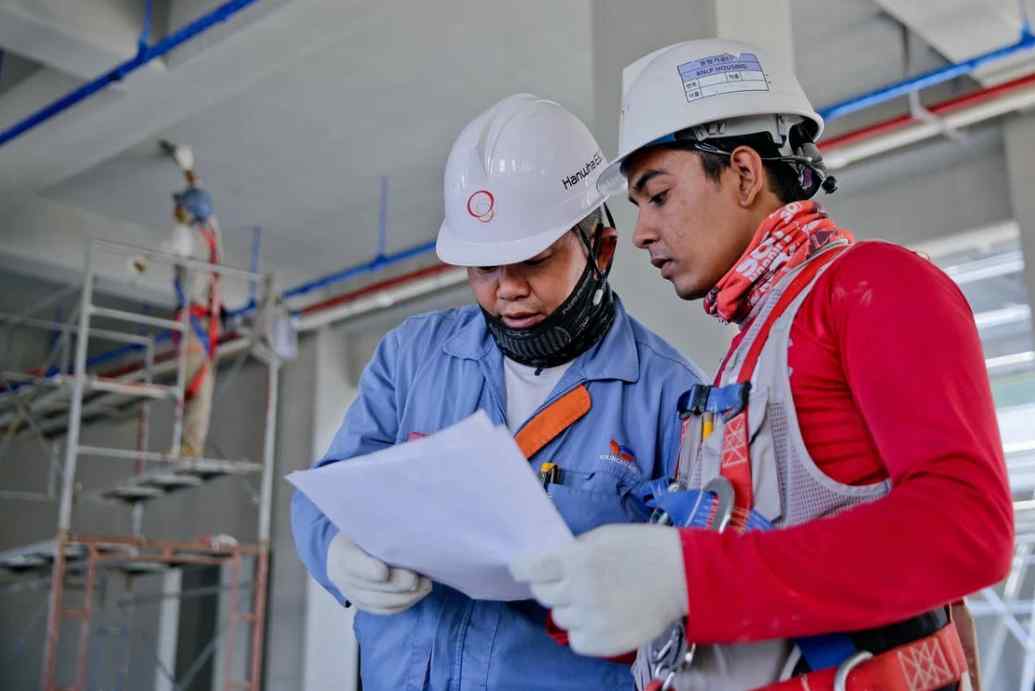
Best Construction Companies in Bangalore to Look Out For
February 1, 2025
32487+ views

How To Pick Your Flat Amenities in 2025
January 31, 2025
15177+ views

Unique Houses Around the World 2025
January 31, 2025
4491+ views

Khata Certificate in Bangalore: The Essential Document for Real Estate Transactions
January 31, 2025
17719+ views

Retirement Living Homes in India For 2025
January 31, 2025
4620+ views
Loved what you read? Share it with others!
Most Viewed Articles
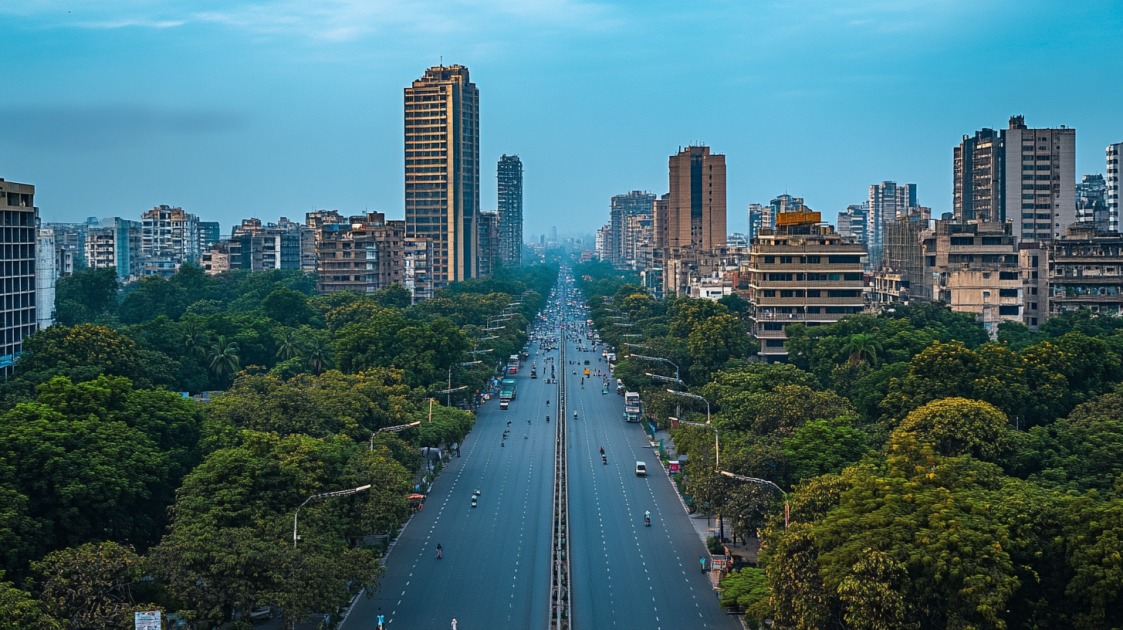
Top 26 Cleanest City of India: List of the Best Cities Ranking Wise in 2025
January 22, 2025
134368+ views

Auspicious Dates and Good Nakshatra for Property Registration in 2025
January 27, 2025
90295+ views

CIDCO Lottery 2025 - CIDCO Starts Registration for 5730 Homes in Navi Mumbai
January 31, 2025
64214+ views
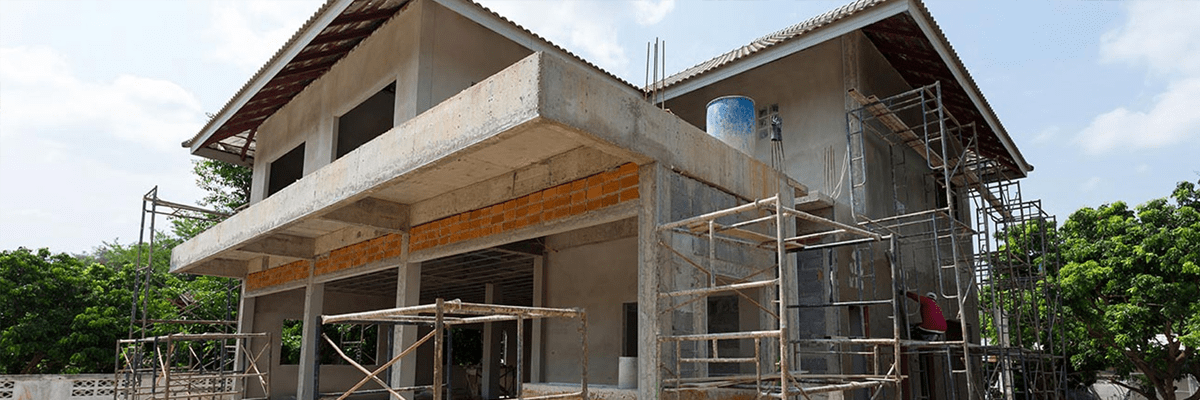
Breaking Down House Construction Costs in India: Easy Tips for Your Budget" in better way
January 31, 2025
61344+ views

How To Check the Market Value in Andhra Pradesh?
February 12, 2025
55112+ views
Recent blogs in
Property Rates in Bangalore in 2025: Current Price for Residential and Commercial Spaces
March 13, 2025 by Vivek Mishra
Best Place to Invest in Noida (2025): Top Sectors Listed For High Returns
February 13, 2025 by Suju
Best Place to Invest in Gurgaon: Real Estate Guide!
February 13, 2025 by Priyanka Saha
12 Best Place to Invest in Chennai: Real Estate Investment and Top Trends for 2025
February 13, 2025 by Vivek Mishra
10 Best Places for Real Estate Investment in Pune in 2025
February 13, 2025 by Vivek Mishra






Join the conversation!